The Akwé: Kon Voluntary Guidelines for the Conduct of Cultural, Environmental and Social Impact Assessments Regarding Developments Proposed to Take Place on, or which are Likely to Impact on, Sacred Sites and on Lands and Waters Traditionally Occupied or Used by Indigenous and Local Communities were developed pursuant to task 9 of the Programme of Work on Article 8(j) and related provisions.
They were named according to the Mohawk term which means “everything in creation” provided by the Kahnawake community located near Montreal, where the guidelines were discussed by a preparatory meeting of the Working Group in December 2003.
The United Nations’ Permanent Forum on Indigenous Issues (UNPFII) stressed the protection of sacred places and ceremonial sites, as it clearly appeared that these sites were under threat in many parts of the world.
The Akwé: Kon Guidelines were adopted by the seventh COP to the Convention on Biological Diversity in 2004, as a voluntary, non-binding instrument.
The objective of these Guidelines is to provide general advice on the incorporation of cultural, environmental, including biodiversity-related, and social considerations of indigenous and local communities into new or existing impact-assessment procedures.
More specifically, the purpose of these Guidelines is to provide a collaborative framework within which Governments, indigenous and local communities, decision-makers and managers of developments can:
(a) Support the full and effective participation and involvement of indigenous and local communities in screening, scoping and development planning exercises;
(b) Properly take into account the cultural, environmental and social concerns and interests of indigenous and local communities, especially of women who often bear a disproportionately large share of negative development impacts;
(c) Take into account the traditional knowledge, innovations and practices of indigenous and local communities as part of environmental, social and cultural impact‑assessment processes, with due regard to the ownership of and the need for the protection and safeguarding of traditional knowledge, innovations and practices;
(d) Promote the use of appropriate technologies;
(e) Identify and implement appropriate measures to prevent or mitigate any negative impacts of proposed developments;
(f) Take into consideration the interrelationships among cultural, environmental and social elements.
The Guidelines provide a procedure aimed at the full participation of indigenous and local communities for a development proposed to take place on, or which is likely to impact on, sacred sites and on lands and waters traditionally occupied by these communities.
Among the instruments considered by the Guidelines in the impact assessment process there are:
-
Notification and public consultation of the proposed development by the proponent;
-
Identification of indigenous and local communities and relevant stakeholders likely to be affected by the proposed development;
-
Establishment of effective mechanisms for indigenous and local community participation, including for the participation of women, the youth, the elderly and other vulnerable groups;
-
Establishment of an agreed process for recording the views and concerns of the members of the indigenous or local community whose interests are likely to be impacted by a proposed development;
-
Establishment of a process whereby local and indigenous communities may have the option to accept or oppose a proposed development that may impact on their community;
-
Identification and provision of sufficient human, financial, technical and legal resources for effective indigenous and local community participation in all phases of impact assessment procedures;
-
Establishment of an environmental management or monitoring plan (EMP), including contingency plans regarding possible adverse cultural, environmental and social impacts resulting from a proposed development;
-
Identification of actors responsible for liability, redress, insurance and compensation;
-
Conclusion, as appropriate, of agreements, or action plans, on mutually agreed terms, between the proponent of the proposed development and the affected indigenous and local communities, for the implementation of measures to prevent or mitigate any negative impacts of the proposed development;
-
Establishment of a review and appeals process.
The Guidelines propose some general considerations to be taken into account when carrying out an impact assessment:
-
Prior informed consent of the affected indigenous and local communities (where the national legal regime requires prior informed consent of indigenous and local communities);
-
Gender considerations;
-
Impact assessments and community development plans;
-
Legal considerations;
-
Ownership, protection and control of traditional knowledge, innovations and practices and technologies used in cultural, environmental and social impact assessment processes;
-
Mitigation and threat-abatement measures;
-
Need for transparency; and
-
Establishment of review and dispute resolution procedures.
Regarding point (e), the Guidelines affirm the importance of understanding and applying the values and knowledge, when relevant, of use of biological diversity held by indigenous and local communities and their application for sustainable development.
Furthermore, the Guidelines affirm the importance to respect the customary laws and intellectual property rights of indigenous and local communities in the utilization of their traditional knowledge, innovations and practices, which should be used only with the prior informed consent of their owners.
For the safeguard of their rights, indigenous and local communities should establish protocols consistent with relevant national legislation. Assistance must be provided if requested.
Credits:
Heinamaki, T.M. Herrmann, A. Neumann, The Protection of the Culturally and Spiritually Important Landscapes of Arctic Indigenous Peoples under the Convention on Biological Diversity and First Experiences from the Application of the Akwé:Kon Guidelines in Finland, in The Yearbook of Polar Law VI, Edited by G. Alfredsson and T. Koivurova, 2014.
The Akwé: Kon Voluntary Guidelines for the Conduct of Cultural, Environmental and Social Impact Assessments Regarding Developments Proposed to Take Place on, or which are Likely to Impact on, Sacred Sites and on Lands and Waters Traditionally Occupied or Used by Indigenous and Local Communities
Photo on VisualHunt.com
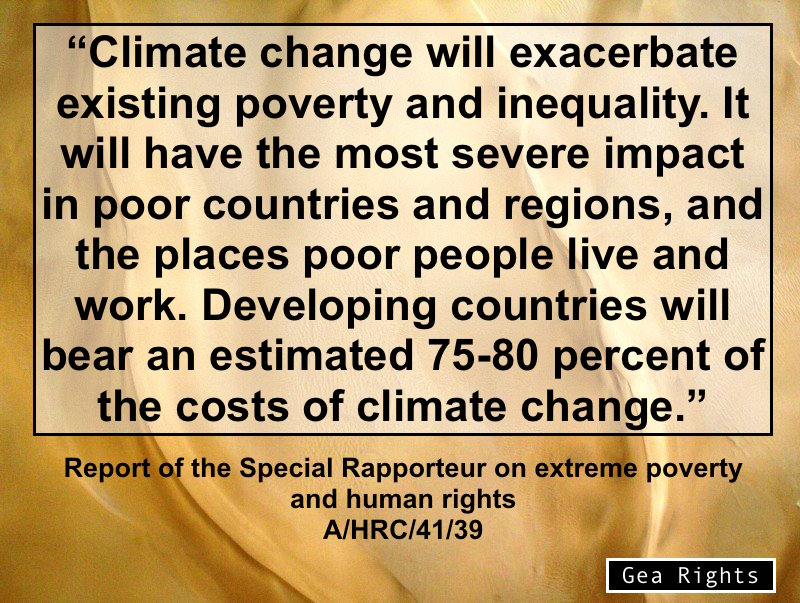
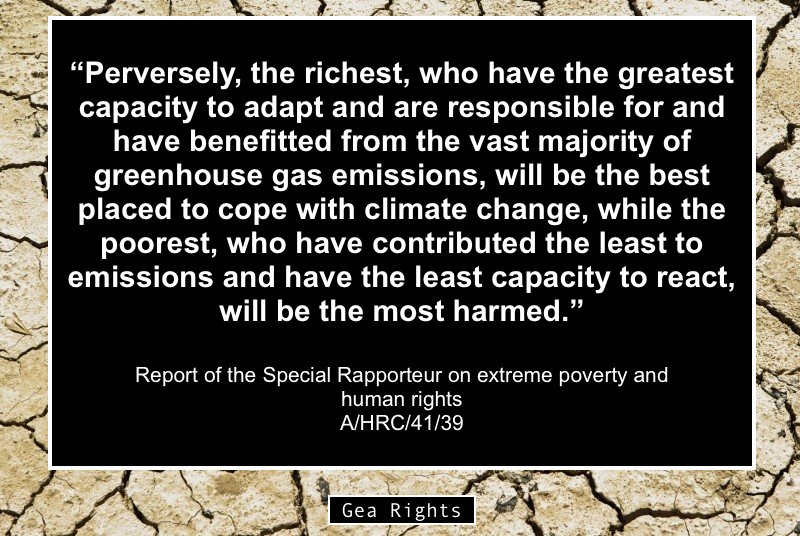
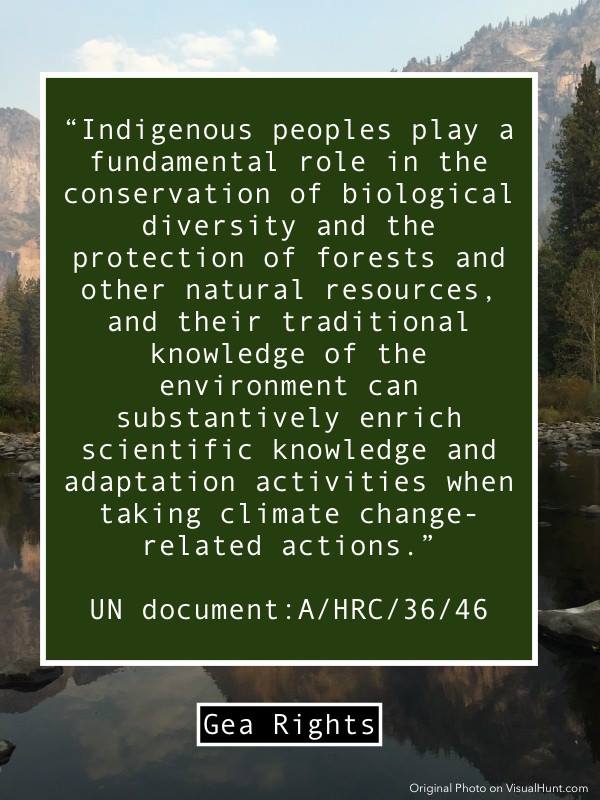
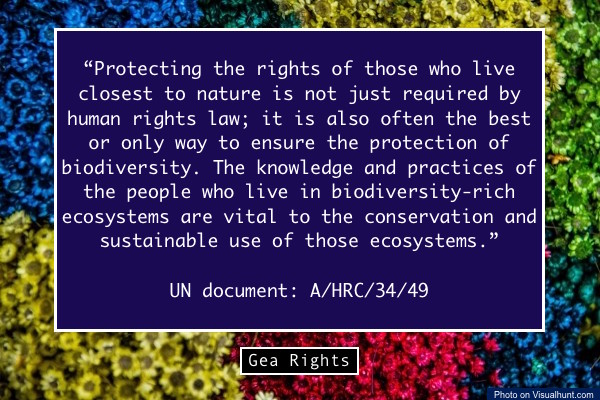
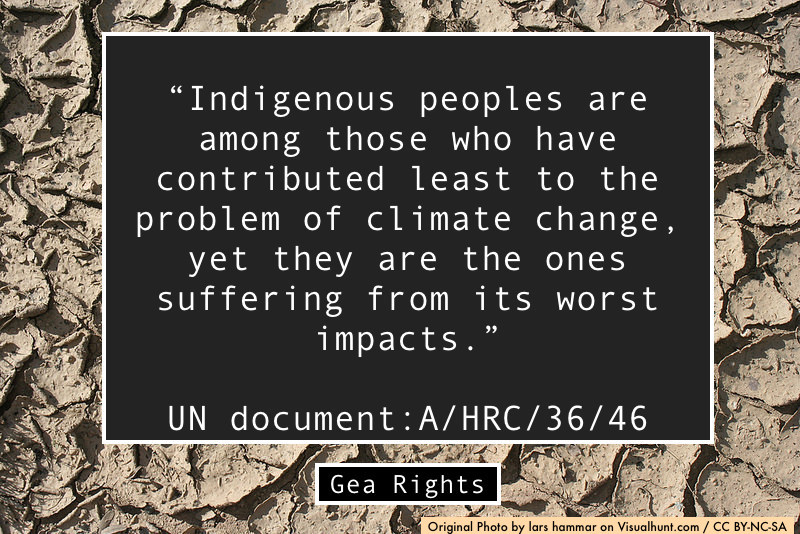
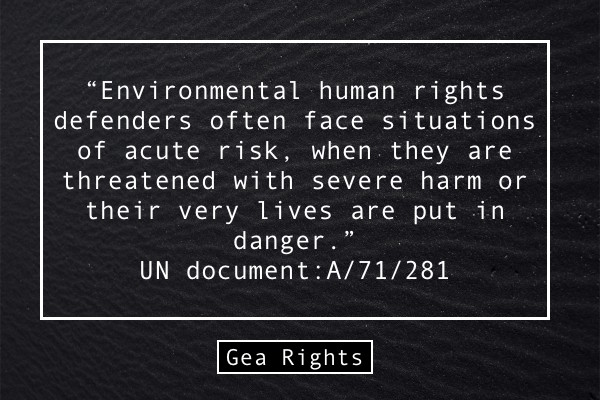
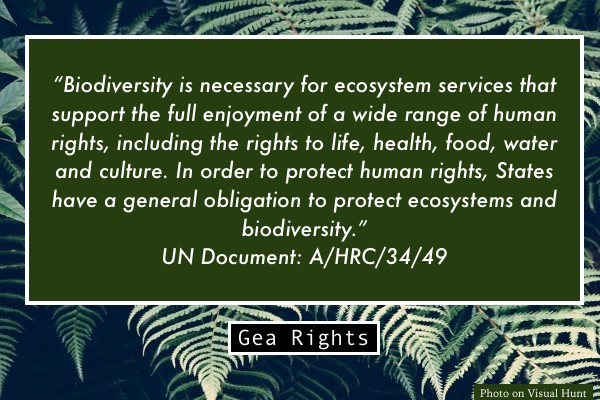
Leave a Reply